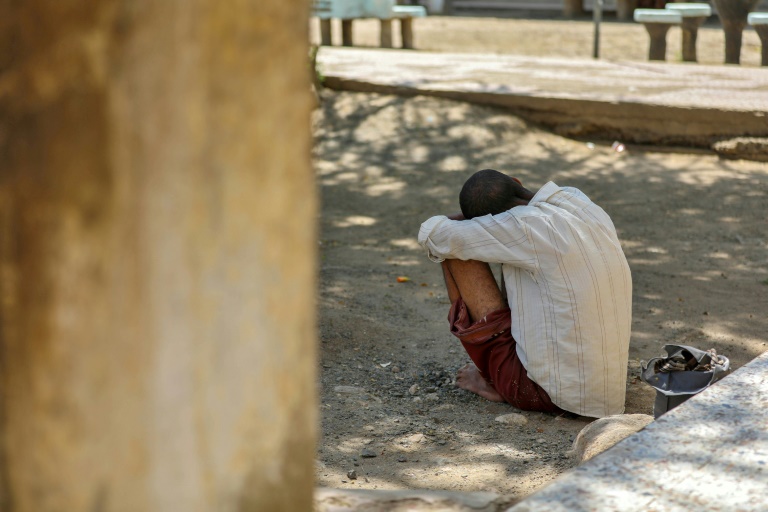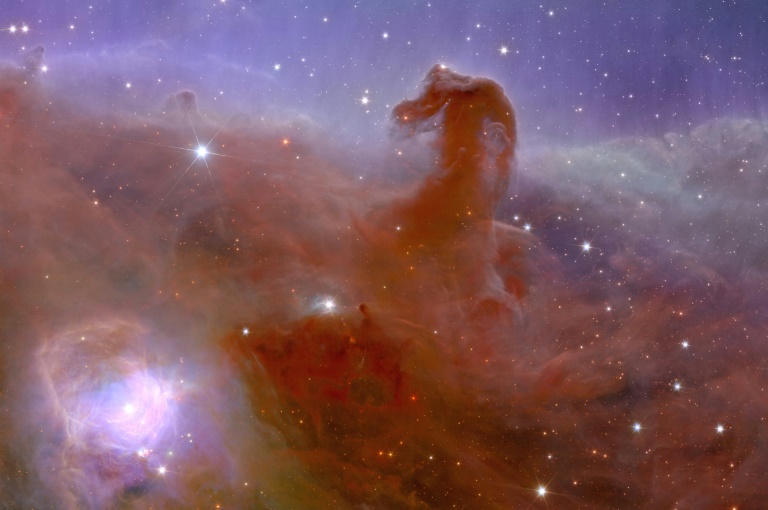KEY POINTS
- The richest 10% in the Asia Pacific region consistently control more than half of the total income, said a new UNDP report
- India was highlighted in the report for having one of the most unequal income distributions
- The top 10% of the richest in India get 57% of national income and the top 1% gets 22%, UNDP said
The Asia-Pacific region has seen great progress in recent years, but the benefits have not been shared equally due to widespread disparities and inequalities in the distribution of wealth, the UNDP (United Nations Development Programme) said in a new report.
The highest wealth inequality was observed in China, India, Myanmar, Sri Lanka, and Thailand, the report said, highlighting India as “one of the most unequal income distributions.”
The Asia-Pacific region has made great strides in poverty reduction, with around 1.5 billion people being lifted out of extreme poverty in a few generations. The region will also account for two-thirds of global economic growth this year. However, the report noted income and wealth disparities were still visible in the region and have also worsened in South Asia.
According to the World Inequality Database (WID), the richest 10% in the Asia Pacific region consistently control around half of the total income, the UNDP report said. Maldives, India, Thailand, and Iran recorded the highest income inequality measured by the income share of the richest 10%.
Between 1980 to 2021, the share of the bottom 50% rose from 10% to 12%, while that of the top 10% fell from 55% to 50%. A similar trend was observed in East Asia, with the share of the bottom 50% rising from 12% to 14%, while the share of the top 10% fell below 50%. However, the trend was different for South Asia, which saw the concentration of wealth among the rich increase over the last few decades.
The income share of the bottom 50% in South Asia fell, while that of the top 10% increased by 10 percentage points to 56%, UNDP said.
India was highlighted in the report for having one of the most unequal income distributions. The South Asian country has seen living standards improve and poverty reduce, but it also saw an increase in inequality.
Per capita income in India soared from $442 to $2,389 between 2000 and 2022, and poverty rates (based on the international poverty measure of $2.15 per day) drastically declined from 40% to 10%. The share of the population living in multidimensional poverty declined from 25 to 15% between 2015-16 and 2019-21, the report said.
The top 10% of the population in India pocket 57% of the national income and the top 1% get 22%, thus making it a country with “one of the most unequal income distributions,” the report said.
When it comes to wealth, similar gaps are seen in India with the top 10% of the population controlling 65% of the nation’s total wealth.
S.P. Sharma, chief economist and deputy secretary general, PHD Chamber of Commerce and Industry, said India’s growth story has become “promising” and poverty levels have also significantly reduced, but reducing inequalities requires a “more focused approach.”
“India’s growth story has become promising with significant rise in the income levels, and improved living standards with the support of digitalisation and technological advancements. The level of poverty has also reduced in a significant way from 25% to 15% in the recent years. However, more focussed approach is needed to reduce the inequalities,” Sharma told International Business Times.
With a significant portion of India’s population still hovering above the poverty line, there is a greater risk for groups, including women, informal workers, and inter-state migrants, of falling back into poverty, the UNDP report noted.
Sharma said the enhancing of government schemes such as the Mahatma Gandhi National Rural Employment Act could help mitigate the skewed income distribution.
“The focus on informal workers, migrant workers and women is needed at this juncture. The States where there is a high concentration of poverty needs to be supported with desired policy support such as more Direct Benefit Transfers, enhanced funding under Mahatma Gandhi National Rural Employment guarantee Act and more conducive environment for private investments for creating employment avenues for unskilled and semi-skilled workforce,” Sharma added.







